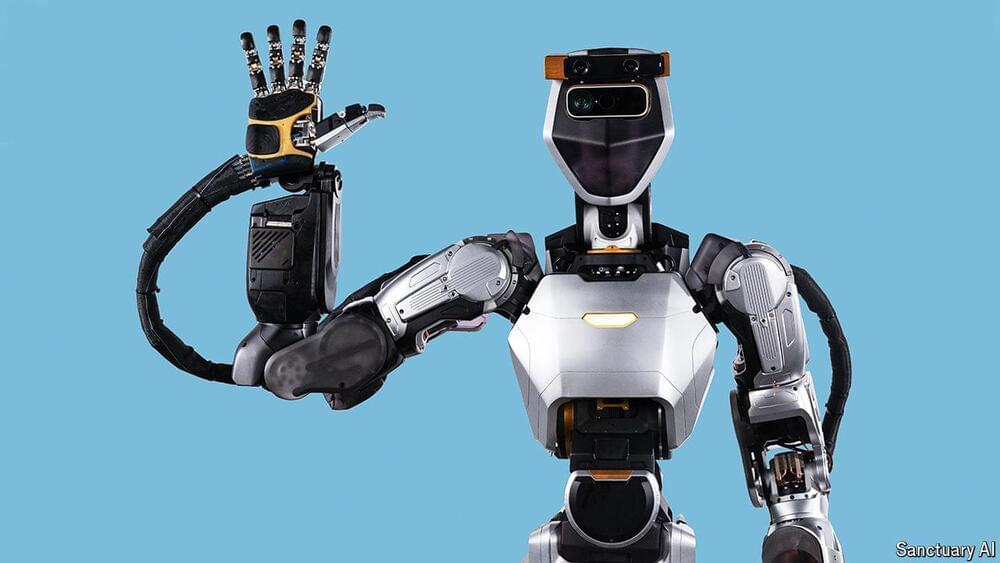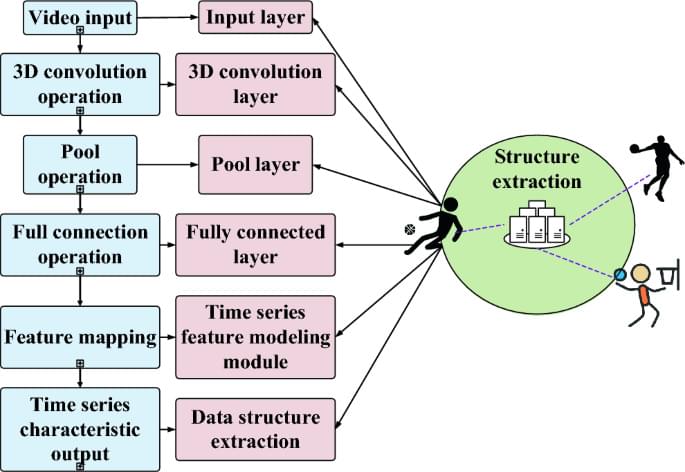Small modular nuclear reactors are too expensive, too slow, and too risky, and the focus should be on wind, solar, and battery storage for energy needs Questions to inspire discussion What did Tony Seba predict about nuclear power in 2014? —Tony Seba predicted in 2014 that nuclear power would be obsolete by 2030, and recent research has shown that his predictions about the cost blowouts and inefficiency of small modular nuclear reactors were accurate.
Get the latest international news and world events from around the world.


Unlocking The Potential Of Advanced AI For Business Innovation
Applied in this way, it’s not just generative AI—this is transformational AI. It goes beyond accelerating productivity; it accelerates innovation by sparking new business strategies and revamping existing operations, paving the way for a new era of autonomous enterprise.
Keep in mind that not all Large Language Models (LLMs) can be tailored for genuine business innovation. Most models are generalists that are trained on public information found on the internet and are not experts on your particular brand of doing business. However, techniques like Retrieval Augmented Generation (RAG) allow for the augmentation of general LLMs with industry-specific and company-specific data, enabling them to adapt to anyone’s requirements without extensive and expensive training.
We are still in the nascent stages of advanced AI adoption. Most companies are grappling with the basics—such as implementation, security and governance. However, forward-thinking organizations are already looking ahead. By reimagining the application of generative AI, they are laying the groundwork for businesses to reinvent themselves, ushering in an era where innovation knows no bounds.

Above The Earth’s Wars, Starlab Aims To Be Orbital Beacon Of Peace
As the Kremlin threatens to unleash atomic weapons in its battle to take over democratic Ukraine, and develops nuclear-armed spacecraft to challenge the allied space powers, one rising aerospace outfit says its new space station will be a symbol of international peace and camaraderie when launched into the heavens.
The American co-founders of Starlab Space, who have formed an alliance with European, Canadian and Japanese space-tech leaders, predict their orbiting station could help keep the celestial peace despite the armed clashes and nuclear brinkmanship now upending the Earth.
The Starlab Space Station is first and foremost a hyper-modern habitat and science lab, designed to enable astronauts around the world to conduct experiments in microgravity or deploy imaging satellites, all while circling the planet at 28,000 kilometres per hour.
Bill Gates-backed startup creates Lego-like brick that can store air pollution for centuries: ‘A milestone for affordably removing carbon dioxide from the air’
The pipe dream of carbon capture is one step closer to reality thanks to a Bill Gates-backed startup that is burying bricks made from plants.
The Washington Post detailed a “deceptively simple” procedure by Graphyte to sequester blocks of wood chips and rice hulls, calling it “a game-changer” for the industry, which has been held back by the cost ineffectiveness of other methods.
“The approach, the company claims, could store a ton of CO2 for around $100 a ton, a number long considered a milestone for affordably removing carbon dioxide from the air,” the outlet reported.

Japan invents heat-switch for moon rovers to fight deadly lunar weather
Researchers in Japan have developed a novel “heat switch device” that could extend the lifespan of lunar exploration vehicles in the extreme Moon environment.
Moon goes through extreme temperature variations, ranging from scorching highs of 127°C (260°F) to freezing lows of −173°C (−280°F).
Lunar rovers cost millions of dollars to build and operate, but lunar temperatures limit their operating life. As exploration of the lunar surface is gaining pace, surface missions demand innovative solutions for thermal control.



Basketball technique action recognition using 3D convolutional neural networks
Wang, J., Zuo, L. & Cordente Martínez, C. Basketball technique action recognition using 3D convolutional neural networks. Sci Rep 14, 13,156 (2024). https://doi.org/10.1038/s41598-024-63621-8
